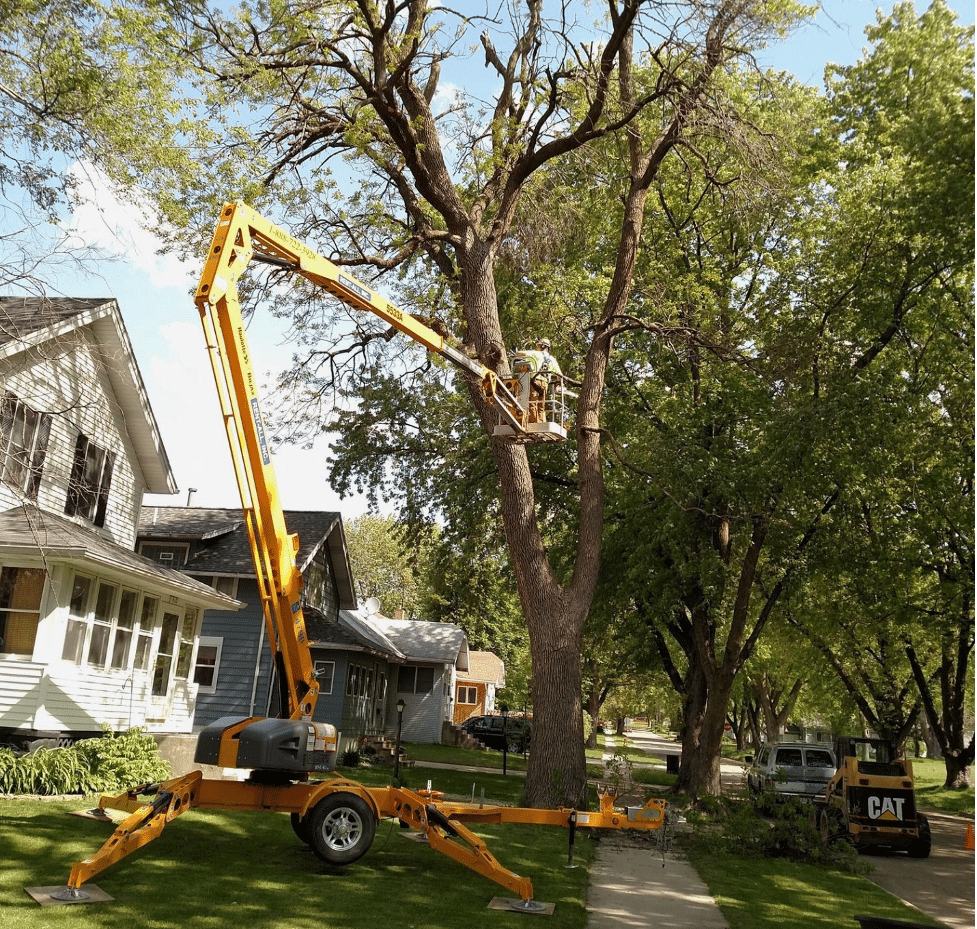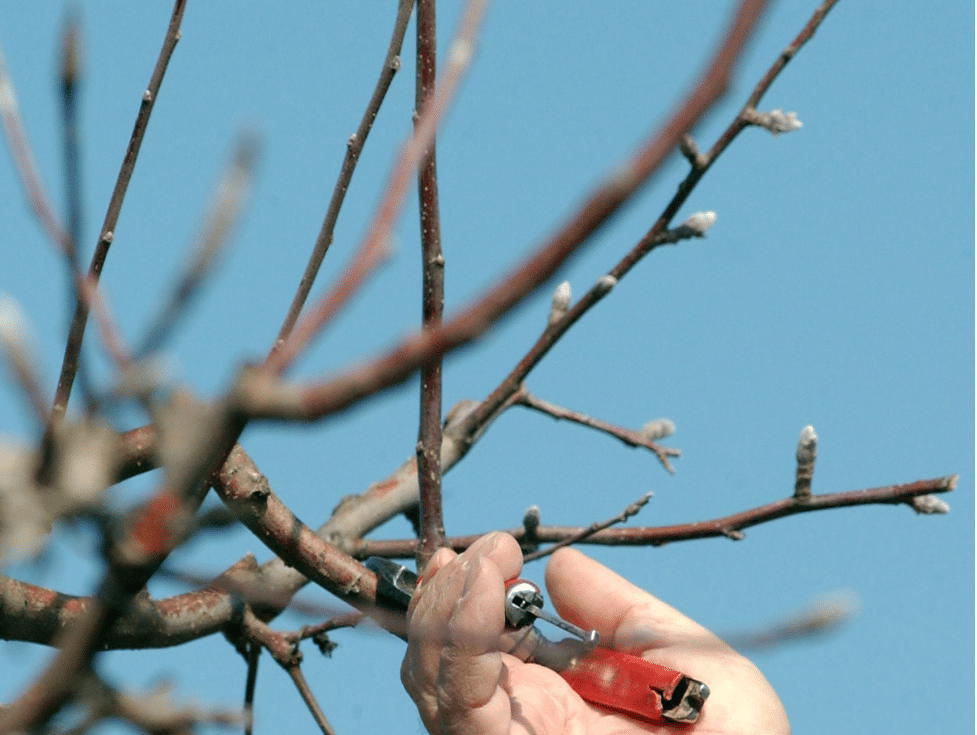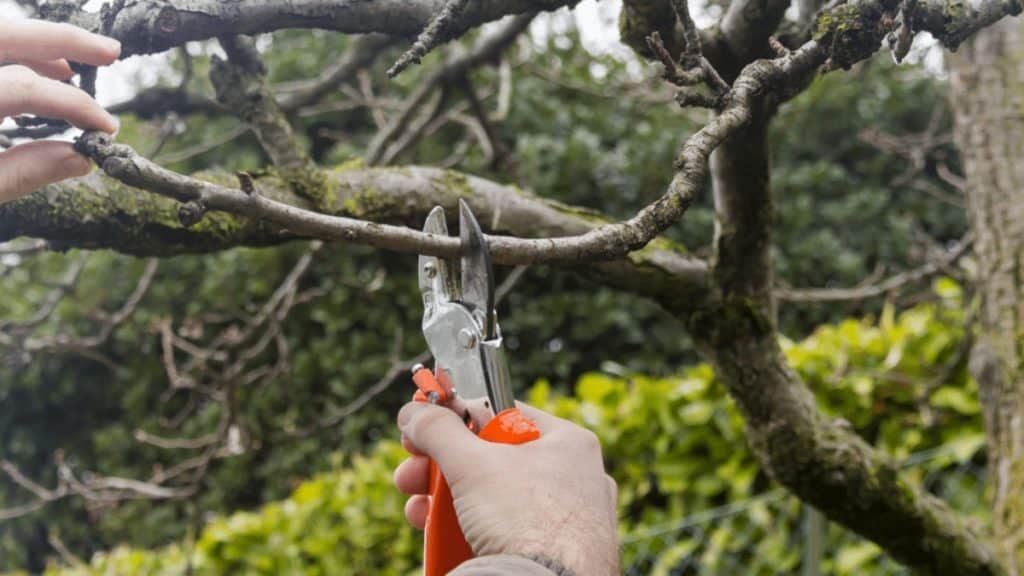While both pruning and trimming contribute to the beauty of your trees, they serve distinct purposes in tree care. Think of trimming as a haircut and pruning as surgery – both involve cutting but with different goals. This article dives into the nuances of tree trimming and pruning, helping you understand when and why each is necessary.
What is Tree Trimming?
Tree trimming focuses primarily on aesthetics. It involves removing excess branches to shape the tree, control its size, and improve its overall appearance. Trimming is like a haircut for your trees, keeping them looking neat and tidy. Here’s why it’s important:
- Enhances Aesthetics: Trimming shapes the tree, preventing unruly growth and maintaining a balanced, pleasing form.
- Promotes Healthy Growth: By removing excess branches, trimming allows more sunlight and air to reach inner branches, encouraging healthy growth.
- Controls Size: Trimming helps manage the size of the tree, preventing it from encroaching on structures or power lines.
- Prevents Damage: Regular trimming can prevent branches from growing in harmful directions, reducing the risk of property damage or safety hazards.

What is Tree Pruning?
Tree pruning is a more therapeutic approach, focusing on the tree’s health and structural integrity. It involves selectively removing diseased, dead, damaged, or structurally problematic branches. Think of it as a surgical procedure to improve the tree’s well-being. Here’s what pruning achieves:
- Removes Hazards: Pruning eliminates dead or diseased branches that could fall and cause damage or injury.
- Improves Health: By removing infected branches, pruning prevents the spread of diseases and pests.
- Strengthens Structure: Pruning helps the tree develop a strong, balanced framework, making it more resilient to storms and other stresses.
- Enhances Growth: Pruning can redirect growth, encourage fruit production, and improve overall tree vigor.

Key Differences Between Trimming and Pruning
While both involve removing branches, trimming and pruning have distinct objectives, tools, and timings:
Purpose
- Trimming: Primarily for aesthetics and managing size.
- Pruning: Focuses on health, structure, and safety.
Tools
- Trimming: Trimmers, clippers, shears.
- Pruning: Hand pruners, lopping shears, saws.
Timing
- Trimming: Typically twice a year, sometimes after flowering.
- Pruning: Generally once a year, often during dormancy.
When Trimming and Pruning Work Together
Sometimes, a tree needs both trimming and pruning. However, it’s crucial not to overload the tree with excessive cutting at once. A certified arborist can assess the tree’s needs and recommend the best approach, balancing aesthetics with health and safety.
Pruning Methods
Several pruning techniques cater to specific needs:
- Crown Thinning: Reduces density in the crown, improving light and air penetration.
- Crown Raising: Removes lower branches for clearance or visibility.
- Crown Reduction: Reduces the overall size of the crown, often for safety or structural reasons.
- Crown Cleaning: Removes dead, diseased, or broken branches.
Benefits of Trimming and Pruning
Both trimming and pruning offer numerous benefits:
- Enhanced Beauty: Trees look healthier, more balanced, and more attractive.
- Improved Health: Reduces the risk of diseases and pests.
- Increased Safety: Minimizes hazards from falling branches.
- Property Protection: Prevents damage to structures and power lines.
- Longevity: Promotes long-term tree health and vigor.
Why Hire a Professional?
Tree trimming and pruning require knowledge, skill, and the right tools. Improper cuts can harm the tree, create hazards, and even lead to its decline. Certified arborists have the expertise to assess your trees, determine the appropriate techniques, and ensure safe and effective pruning and trimming.
Frequently Asked Questions
Q: What’s the best time to prune my trees? A: It depends on the tree species. Generally, dormant season (late winter/early spring) is best for deciduous trees, while flowering trees should be pruned after they bloom. Consulting an arborist is always recommended. Q: How often should I trim my trees? A: Most trees benefit from trimming once or twice a year. However, specific needs vary, so it’s best to consult with a professional. Q: Can I trim or prune my trees myself? A: While minor trimming might be manageable, it’s generally safer and more effective to hire a certified arborist, especially for larger trees or pruning that requires specialized knowledge. Q: What are the signs that my tree needs pruning? A: Look for dead, diseased, or damaged branches, crossing or rubbing branches, excessive growth near power lines, or any structural issues that might compromise the tree’s health or safety.
Contact the Experts
For expert tree care in the Cleveland, OH area, contact Saints Tree Service. With decades of experience, Saints Tree Service specializes in tree management and prioritizes health and longevity. Their skilled team provides professional trimming and pruning services to keep your trees thriving.
